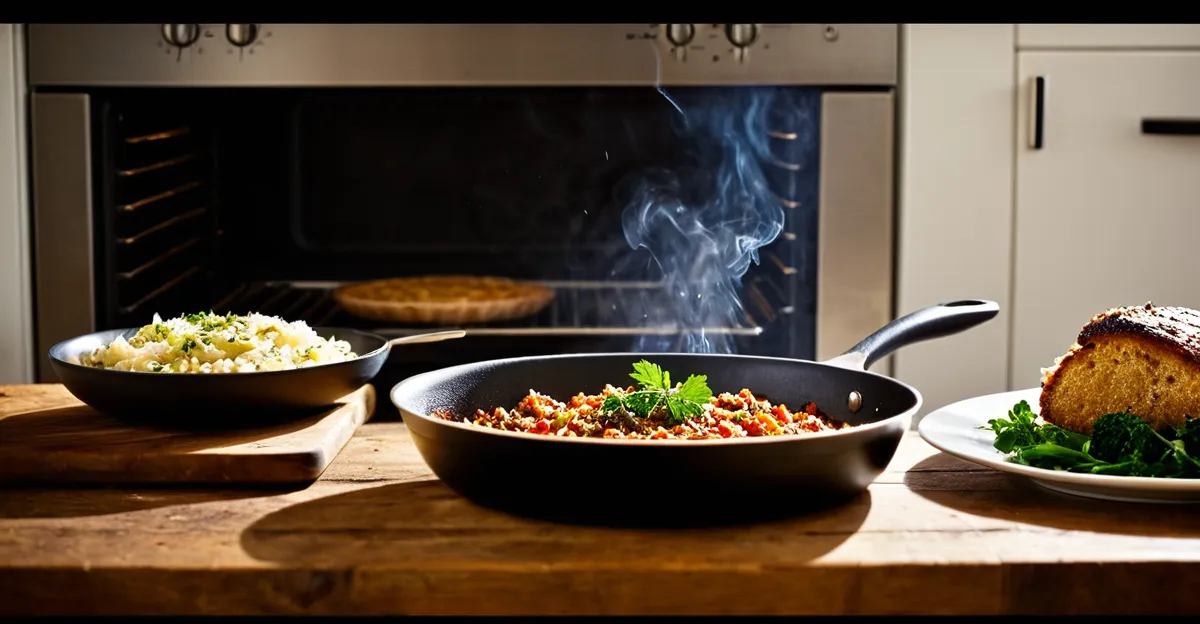Distinctive Features of British Home Cooking
British home cooking is renowned for its simplicity, heartiness, and comfort. Central to traditional British cuisine is the use of seasonal and local ingredients, reflecting a connection to the land and the natural rhythms of the year. This focus ensures meals are fresh, wholesome, and deeply satisfying.
A key characteristic of British food is its straightforward approach, prioritizing flavours that are familiar and unpretentious. This simplicity, however, does not mean blandness. Instead, it emphasizes balanced, robust tastes designed to nourish and warm, often through dishes like stews, roasts, and pies.
Also to see : How can you create a delectable Cornish pasty from scratch?
Traditional British cuisine also values practicality, with meals crafted to be filling and enduring, making them ideal for family settings and daily sustenance. The hearty nature of British home cooking supports this, frequently relying on root vegetables, meat cuts suited for slow cooking, and sturdy baked goods that reinforce the comforting experience of a home-cooked British meal. This combination of qualities forms the essence of British food characteristics, distinguishing it calmly yet confidently from other culinary traditions.
Traditional Ingredients and Pantry Staples
Traditional British cooking relies on a core set of British ingredients deeply rooted in local availability and seasonality. Common vegetables like potatoes, carrots, and cabbage form the backbone of many recipes, prized for their hearty textures and versatility in stews and roasts. Meat cuts such as beef, lamb, and pork are staples, often slow-cooked to bring out rich flavours and tenderness crucial to British home cooking.
Also read : How can you create a classic Eton mess with seasonal fruits?
In addition to fresh produce and meats, British pantry staples include staple grains like oats and barley, which support the rustic quality of many dishes. Signature condiments like English mustard, malt vinegar, and Worcestershire sauce add depth to home-cooked British food, enhancing familiar meals with their distinctive tangs and spice notes.
Fresh dairy products such as butter, cream, and cheese are vital to British kitchens, essential in both cooking and baking. Baked goods like scones, soda bread, and meat pies often rely on high-quality flour and fresh ingredients, underlining the emphasis on comfort and tradition. These pantry staples and ingredients highlight the practicality and heartiness at the core of British food characteristics, securing the connection to seasonality and heritage.
Everyday Cooking Techniques in British Homes
British cooking methods emphasize practicality and tradition, making roasting, baking, boiling, and stewing fundamental to home-cooked British food. These techniques suit the heartiness of British food characteristics, ensuring meals are filling and retain robust flavours.
Roasting is central, especially for meats like beef and lamb, producing tender results through slow, even heat. Baking complements this, particularly in dishes like pies and scones, where a crisp exterior and soft interior highlight British ingredients and pantry staples.
Boiling and stewing reflect the cuisine’s emphasis on economy and comfort, often using tougher meat cuts and root vegetables that benefit from slow cooking, releasing rich flavours and making meals deeply satisfying. Stews in particular demonstrate the warming aspect valued in traditional British cuisine.
The role of ovens remains prominent, supporting versatility for roasting and baking. Slow-cooking methods not only tenderize ingredients but also enhance ingredient-driven recipes, aligning with the practical, wholesome qualities of British home cooking. These traditional cooking techniques ensure ingredients are treated with care, producing meals that honour heritage while meeting everyday needs.











